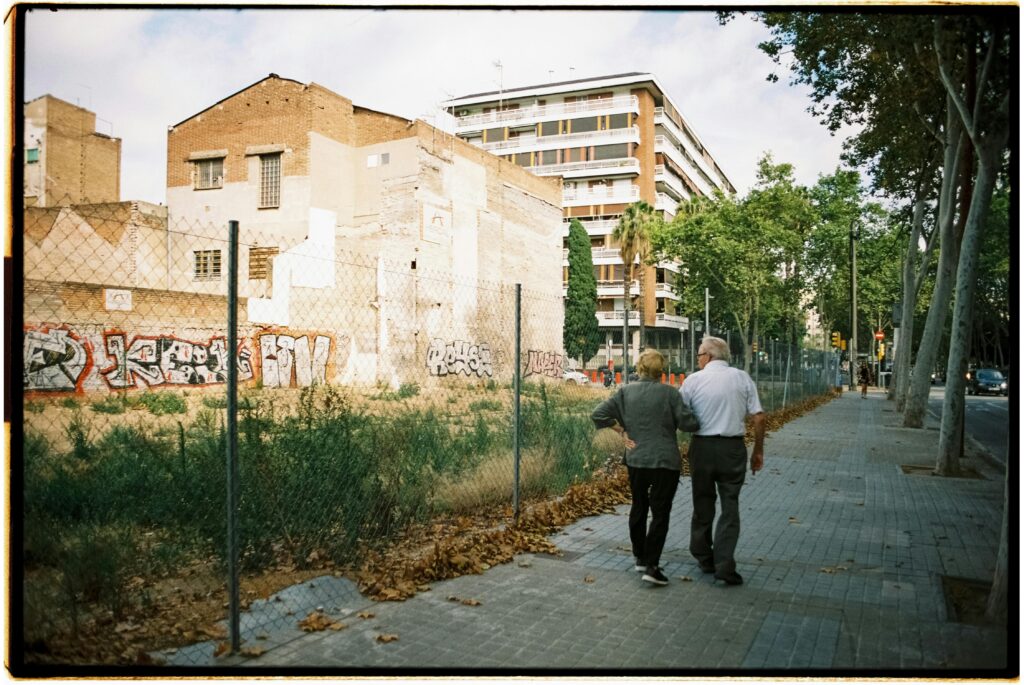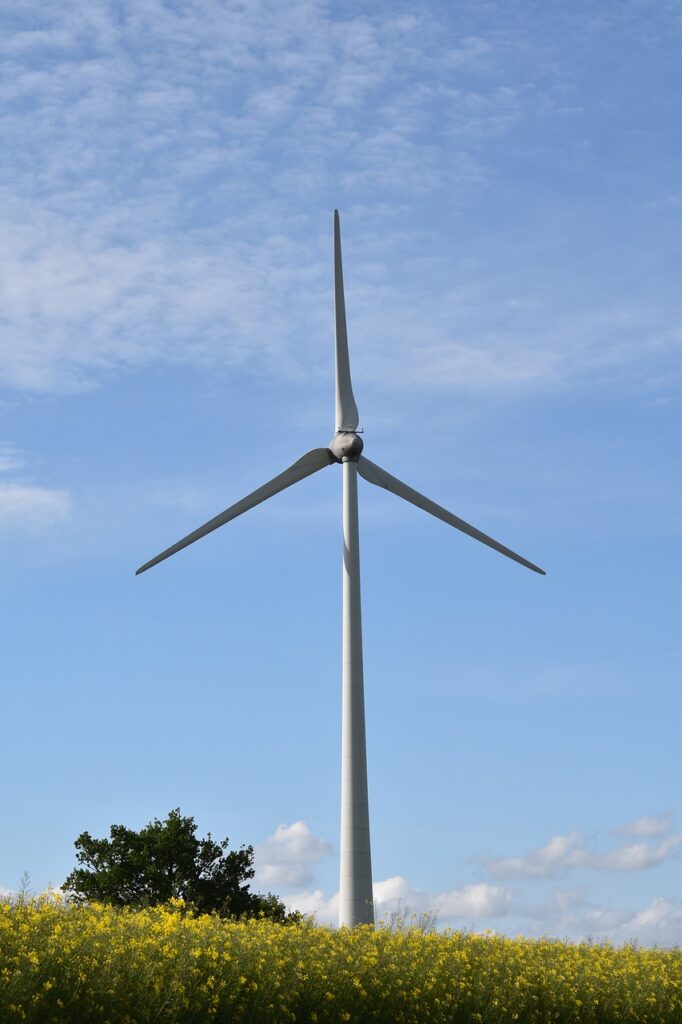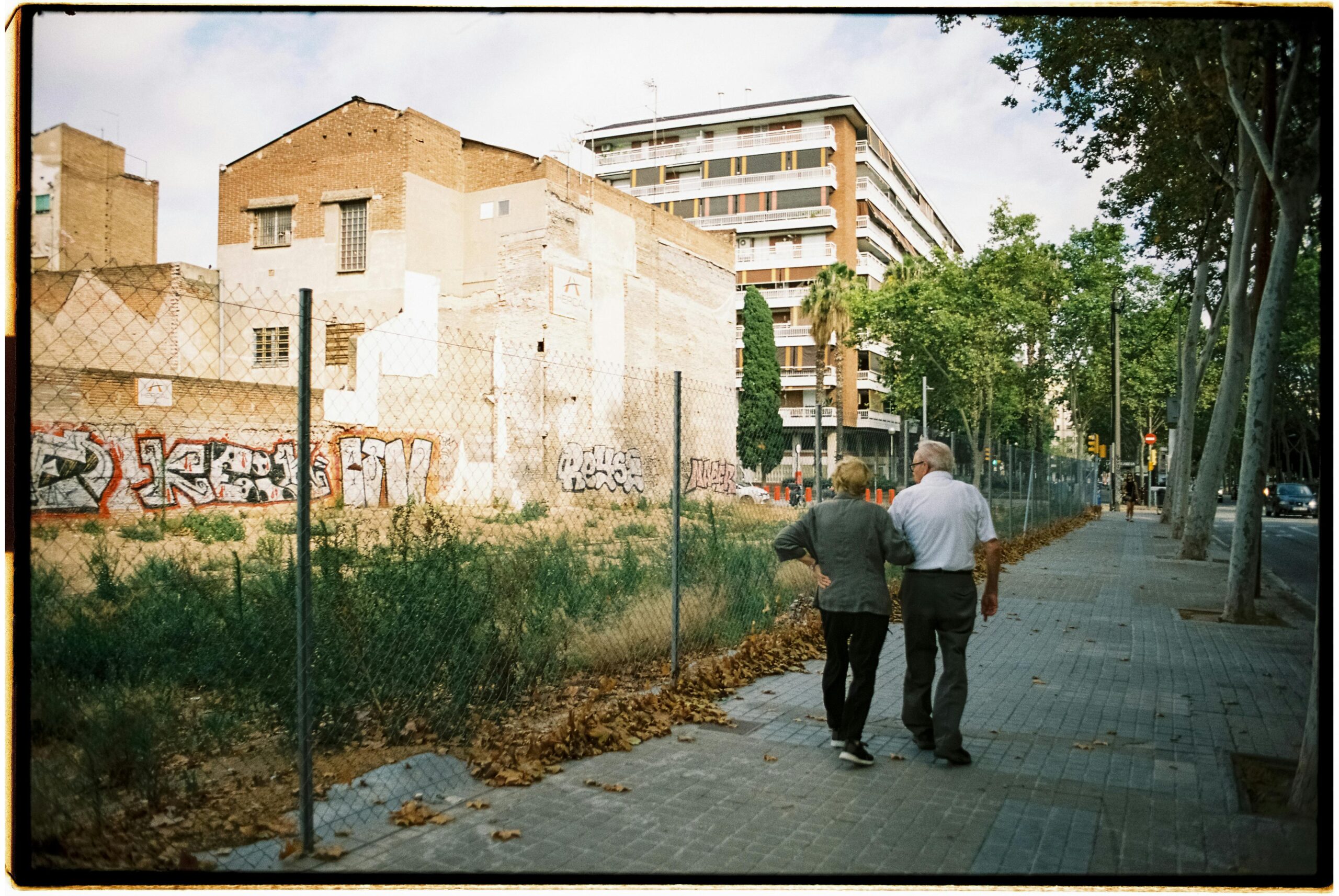Have you ever wondered how kinetic artwork is made? Do you want to learn how to create pieces that captivate and entertain? In this article, you’ll discover the fascinating world of kinetic art and all the techniques you need to start making your own captivating and entertaining pieces.
Understanding Kinetic Art
Kinetic art is a form of art that relies on movement to create an interactive and engaging experience for the viewer. Think of sculptures that move, installations that dance, or paintings that change as you walk by. Kinetic art challenges traditional notions of art by adding an element of motion that captures the attention and imagination of the audience.
What Makes Kinetic Art Unique
One of the most exciting aspects of kinetic art is its ability to transform a static object into a dynamic and ever-changing piece. Unlike traditional art forms, kinetic art invites viewers to interact with the artwork, often eliciting feelings of awe, wonder, and surprise. By incorporating movement, kinetic art engages multiple senses and creates a sensory experience that is both captivating and entertaining.

Types of Kinetic Art
There are several types of kinetic art, each with its own unique characteristics and techniques. From mobiles and wind sculptures to light installations and interactive pieces, the possibilities are endless when it comes to creating kinetic artwork.
Mobiles
Mobiles are perhaps the most well-known type of kinetic art. These hanging sculptures move with the slightest breeze, creating a mesmerizing dance of shapes and colors. Mobiles can be made from a variety of materials, including metal, wood, and even paper, and are often found hanging in galleries, homes, and public spaces.
Wind Sculptures
Wind sculptures, also known as kinetic sculptures, are designed to move in response to the wind. These sculptures come in all shapes and sizes, from giant spinning wheels to delicate spinning discs. Wind sculptures can be made from a variety of materials, such as stainless steel, copper, and even glass, and are often found in outdoor settings where they can catch the breeze and come to life.
Light Installations
Light installations are a modern form of kinetic art that uses light and technology to create dynamic and immersive experiences. These installations often incorporate moving lights, projections, and interactive elements to transform a space into a mesmerizing work of art. Light installations can be found in galleries, museums, and public spaces, captivating audiences with their vibrant colors and ever-changing patterns.
Interactive Art
Interactive art takes kinetic art to the next level by allowing viewers to actively participate in the artwork. From touch-sensitive sculptures to motion-activated installations, interactive art engages audiences in a hands-on experience that is both captivating and entertaining. By encouraging viewers to become part of the artwork, interactive art blurs the line between observer and creator, inviting everyone to explore and engage with the piece in their own unique way.

Tools and Materials for Kinetic Art
Creating kinetic artwork requires a combination of tools and materials to bring your vision to life. Whether you’re starting with a simple mobile or embarking on a complex interactive installation, having the right tools and materials is essential to the success of your project.
Tools
- Pliers: Essential for bending and shaping wires, metal, and other materials.
- Wire cutters: Used to cut wires and other materials to the desired length.
- Glue gun: Ideal for securing components and attaching pieces together.
- Drill: Necessary for creating holes and attachments in materials such as wood and metal.
- Soldering iron: Useful for joining metal components and creating electrical connections.
Materials
- Metal wire: A versatile material that can be used for creating structures, frames, and moving parts.
- Wood: Durable and lightweight, wood is ideal for creating bases, platforms, and structural components.
- Motors: Essential for creating movement in kinetic artwork, motors come in various sizes and power levels.
- Lights: Whether LED strips, bulbs, or projections, lights add visual interest and depth to kinetic art installations.
- Sensors: Used in interactive art to detect motion, touch, and other interactions from viewers.

Techniques for Creating Kinetic Art
While the tools and materials are essential for creating kinetic art, mastering the right techniques is what truly brings your artwork to life. From understanding movement and balance to incorporating electronics and programming, here are some techniques to consider when creating kinetic artwork.
Movement and Balance
One of the key elements of kinetic art is movement, and understanding how to create movement in a balanced and harmonious way is essential for creating captivating pieces. Whether you’re designing a mobile, wind sculpture, or interactive installation, consider how each element moves and interacts with its surroundings to create a cohesive and visually appealing piece.
Electronics and Programming
For more advanced kinetic art projects, incorporating electronics and programming can add an extra layer of complexity and interactivity to your artwork. By using sensors, microcontrollers, and coding languages such as Arduino or Raspberry Pi, you can create dynamic and responsive installations that engage viewers in new and exciting ways.
Experimentation and Iteration
Creating kinetic art is a process of experimentation and iteration, where you test ideas, make adjustments, and refine your artwork until it meets your vision. Don’t be afraid to try new techniques, materials, and concepts to push the boundaries of what is possible with kinetic art. By embracing an iterative approach to your projects, you can discover new possibilities and create truly captivating and entertaining pieces.

Tips for Creating Captivating and Entertaining Kinetic Art
Now that you have a better understanding of kinetic art and the techniques involved, here are some tips to help you create pieces that captivate and entertain your audience.
Tell a Story
Every piece of art has a story to tell, and kinetic art is no exception. Whether you’re exploring themes of movement, change, or interaction, consider how your artwork can communicate a narrative or evoke emotions from the viewer. By telling a story through your artwork, you can engage audiences on a deeper level and create a more memorable and impactful experience.
Play with Light and Shadow
Light and shadow play a crucial role in kinetic art, creating depth, texture, and visual interest in your pieces. Experiment with different lighting techniques, such as backlighting, projections, or colored LEDs, to add a dynamic element to your artwork. By playing with light and shadow, you can create a mesmerizing and transformative experience that captivates and entertains viewers.
Embrace Interactive Elements
Interactive art is all about engaging viewers and inviting them to become active participants in the artwork. Incorporate interactive elements, such as motion sensors, touch-sensitive surfaces, or sound triggers, to create a hands-on experience that encourages exploration and discovery. By embracing interactive elements in your artwork, you can create a truly immersive and engaging experience that captivates and entertains audiences of all ages.
Engage Multiple Senses
Kinetic art is not just about visual movement; it’s also about engaging multiple senses to create a rich and immersive experience. Consider incorporating sound, touch, and even scent into your artwork to create a multi-sensory experience that captivates and entertains viewers on a deeper level. By engaging multiple senses, you can create a truly unforgettable experience that resonates with audiences long after they have left your artwork.
Collaborate and Share
Lastly, don’t be afraid to collaborate with other artists, makers, and creators to bring your kinetic art projects to life. By sharing ideas, resources, and expertise, you can learn new techniques, gain fresh perspectives, and create innovative and exciting artwork that captivates and entertains audiences. Collaborating with others not only expands your creative horizons but also enriches the overall experience of creating kinetic art.

Conclusion
Creating kinetic artwork that captivates and entertains is a rewarding and fulfilling endeavor that allows you to explore new horizons and push the boundaries of traditional art forms. By understanding the principles of kinetic art, mastering essential techniques, and embracing creativity and experimentation, you can create pieces that engage, inspire, and entertain audiences of all ages. So, what are you waiting for? Start creating your own captivating and entertaining kinetic art today and unleash your creativity in ways you never thought possible.

